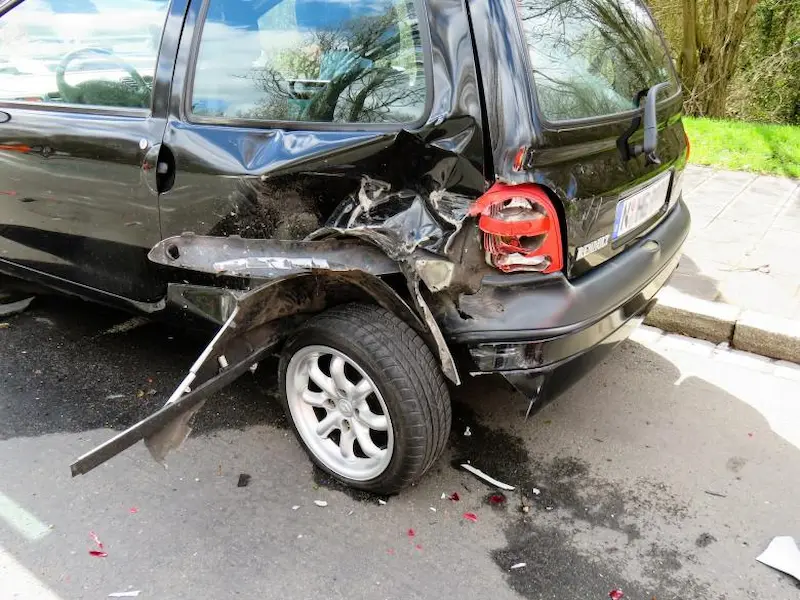Introduction to Car Accident Laws
Grasping the basics of car accident laws is essential in safeguarding your interests after an unfortunate incident. Across the United States, these laws dictate how damages and responsibilities are assigned to those involved. Understanding the core principles, such as fault determination, becomes more crucial given the variations from state to state. To navigate this complex arena, many people seek the guidance of a skilled Car Accident Lawyer, who can offer clarity and direction throughout the legal process.
States differ in their approach, with some adopting an at-fault system and others a no-fault system. In an at-fault state, the person who caused the accident bears the responsibility for damages.
Immediate Steps to Take After an Accident
In vehicle collisions, prioritizing health and safety, assessing injuries, and calling emergency services are crucial. Gathering evidence at the scene, such as photographs, witness contact information, and insurance details, is essential. A police report can act as an impartial record, holding significant weight in claims or disputes. Carefully documenting the scene, sketching the accident scene, and noting stoplights, signs, and vehicle positioning is essential. These initial steps create a foundation for potential legal actions, ensuring accuracy and thoroughness to ease complexities later.
Seeking Medical Attention and Documenting Injuries
After a car accident, seeking medical evaluation is crucial to ensure your health and well-being. It ensures that the injuries are legally documented and can be used for compensation. Medical records provide a detailed account of the injuries, treatment, and recovery recommendations. Preserving medical bills, receipts, and related expenses is essential for establishing a clear trail of the accident’s financial impact, which is crucial in negotiating a fair settlement. This documentation is vital for a successful claim for damages.
Navigating Insurance Claims
In the aftermath of a car accident, filing a claim with your insurance provider is often the first step. Understanding your policy, including coverage limits and the process, is crucial for successful navigation. Paying close attention to detail and accurate incident reporting is essential. Negotiating with insurance adjusters is crucial, as they settle claims at the lowest possible cost. Equip yourself with knowledge and ask questions about your policy and rights. Wait to accept the first settlement offer, as they may be lower than what can be negotiated with a strategic approach.
Understanding Comparative Fault and Its Impact on Your Claim
Comparative fault is a legal concept that assigns fault among all parties involved in a car accident, affecting the amount of compensation recovered. It can reduce the amount of compensation based on the percentage of fault assigned to each party. Some states have a “pure” comparative fault system, allowing damages regardless of fault percentage, while others follow a modified system, limiting recovery if the fault is below a certain threshold. For a detailed examination of these nuances, entities such as the Insurance Information Institute provide comprehensive information on no-fault insurance and its interplay with comparative fault.
Visit the rest of the site In Tech Times for more interesting and useful articles. Thank you!




